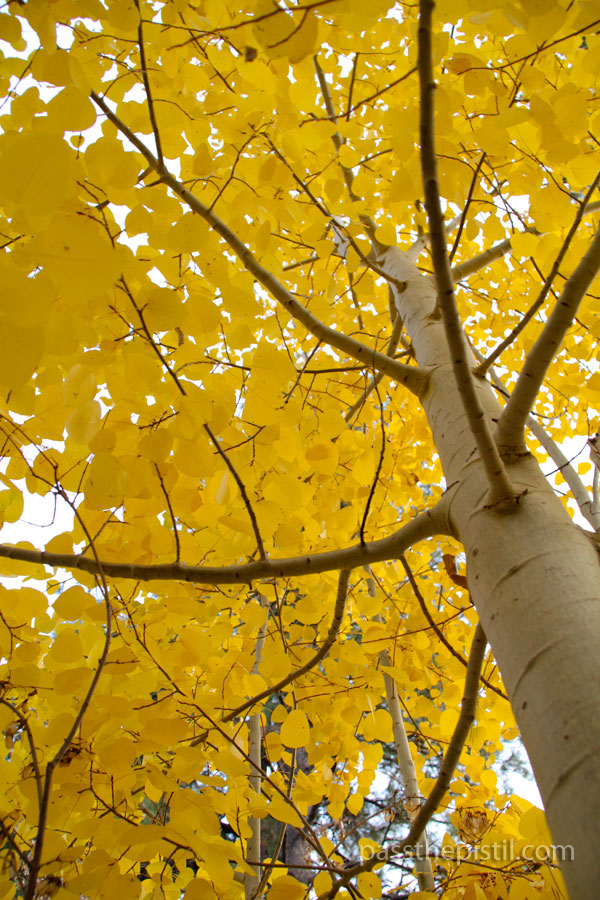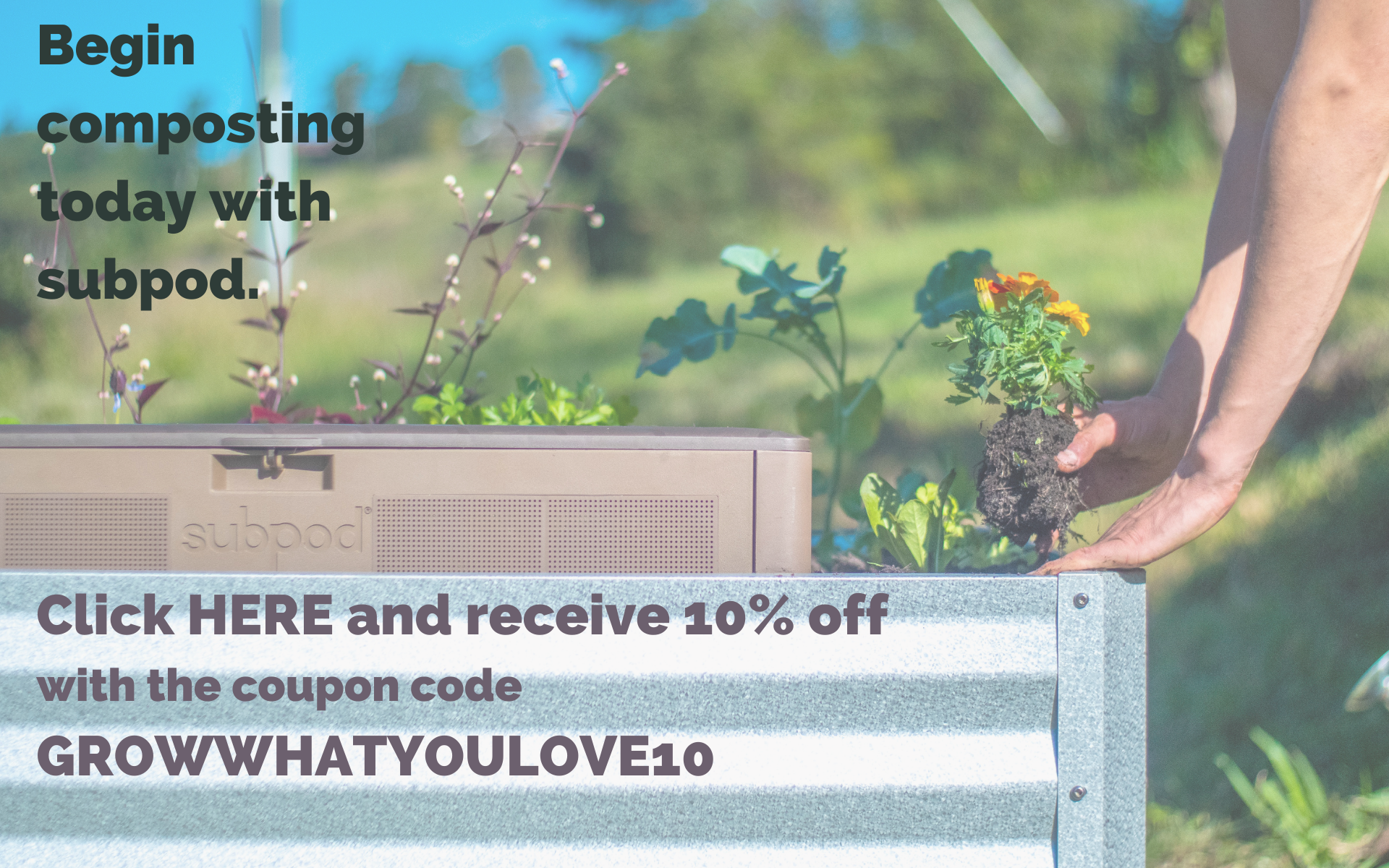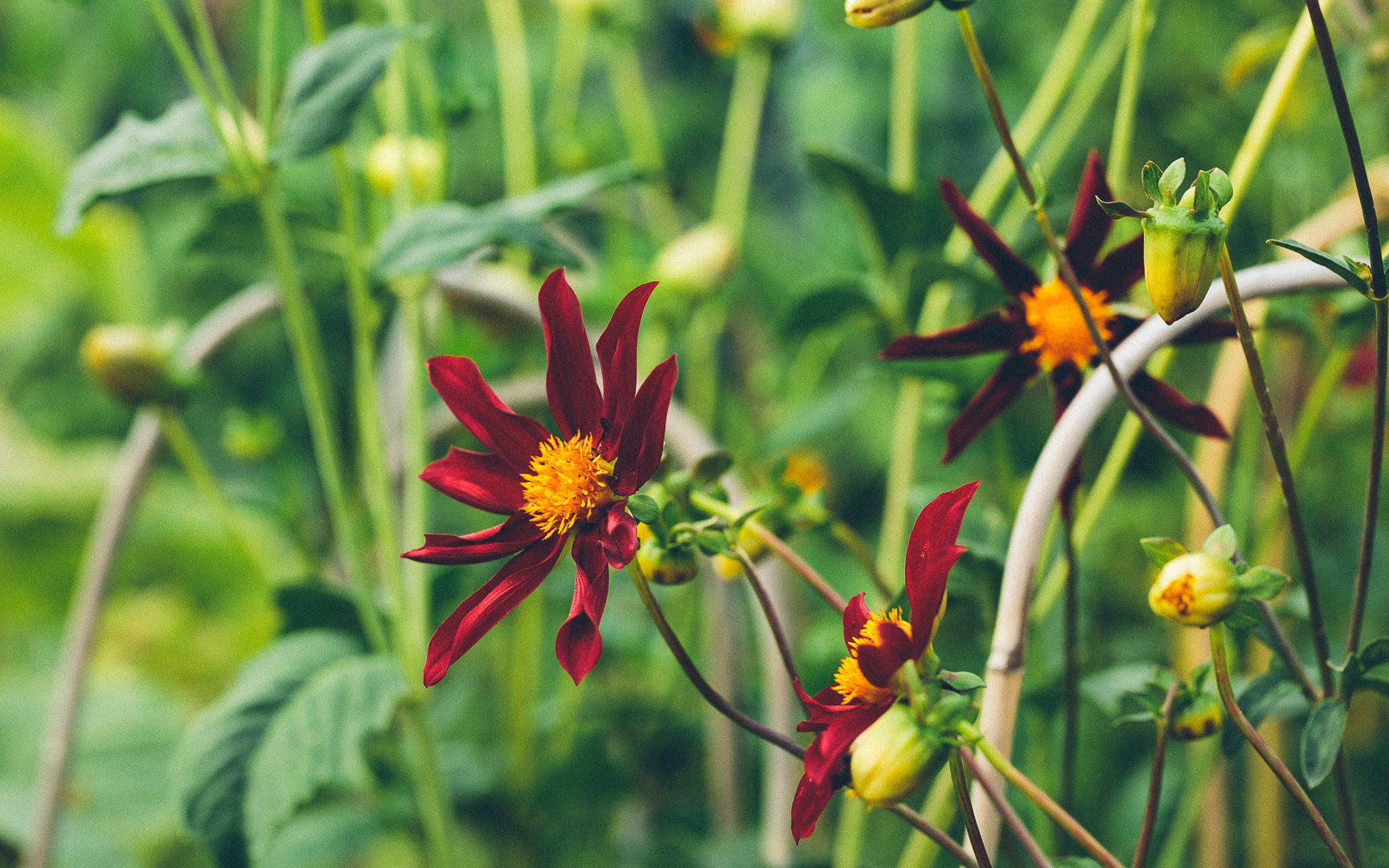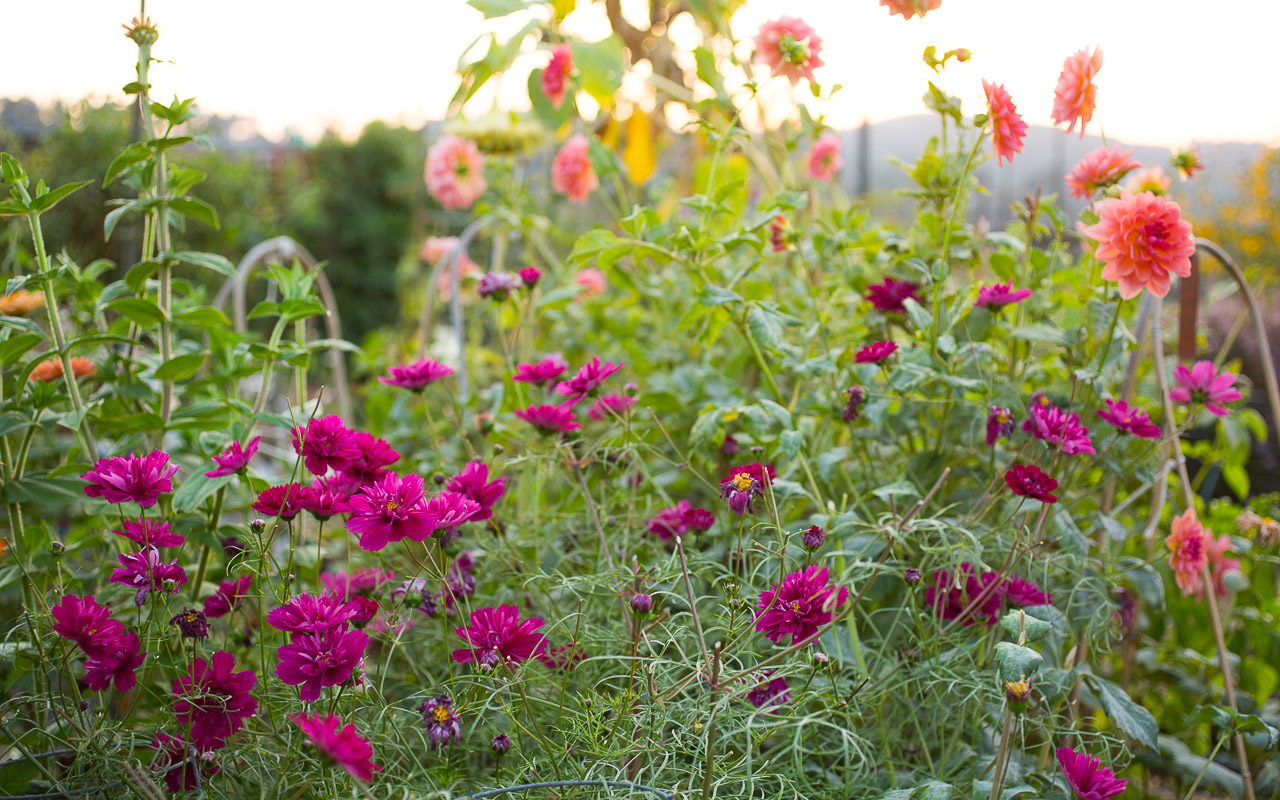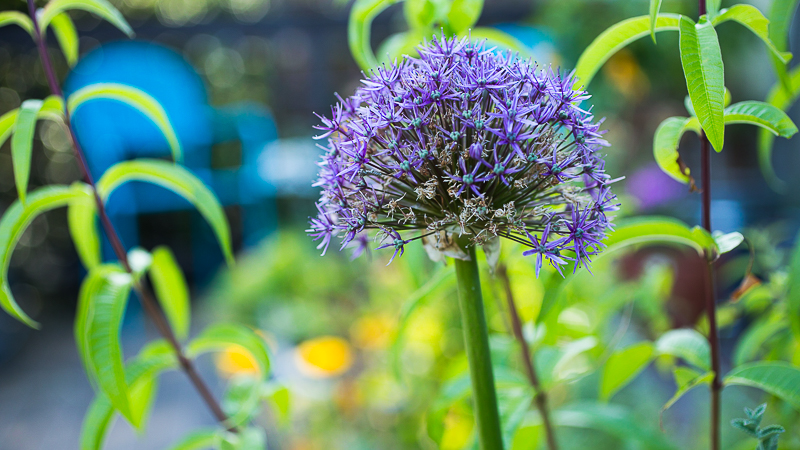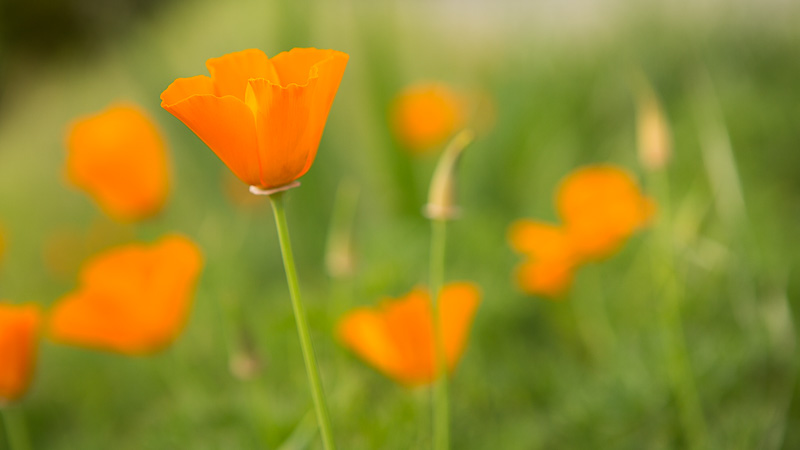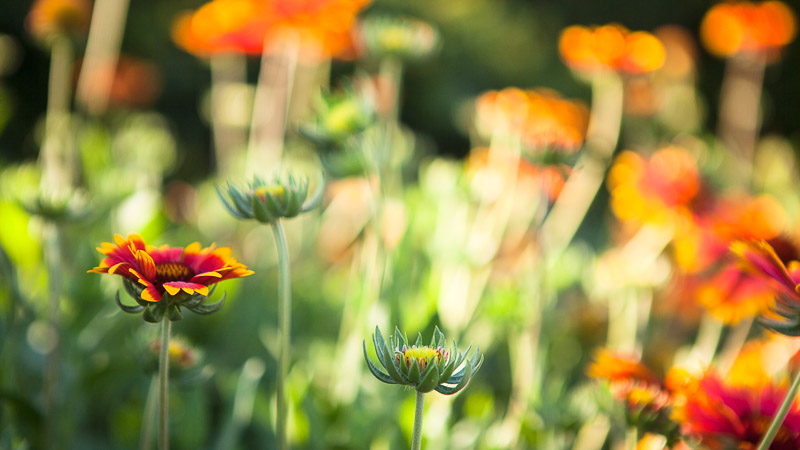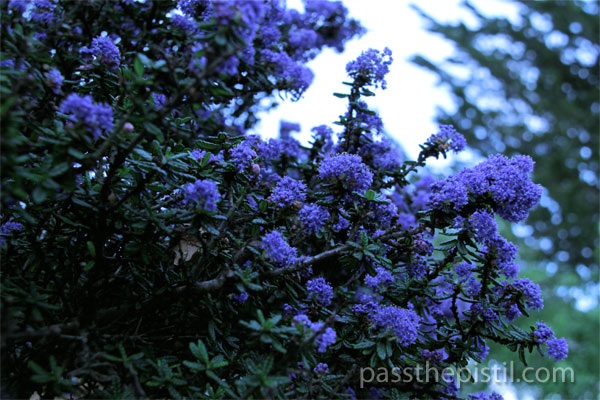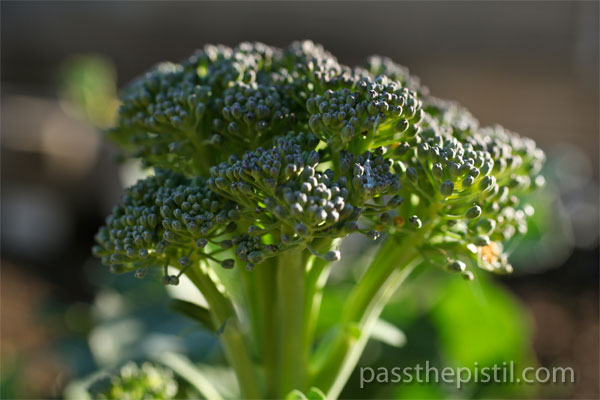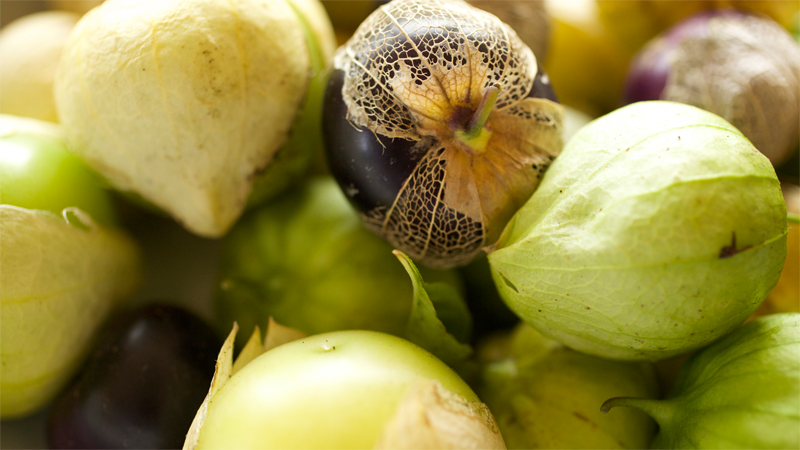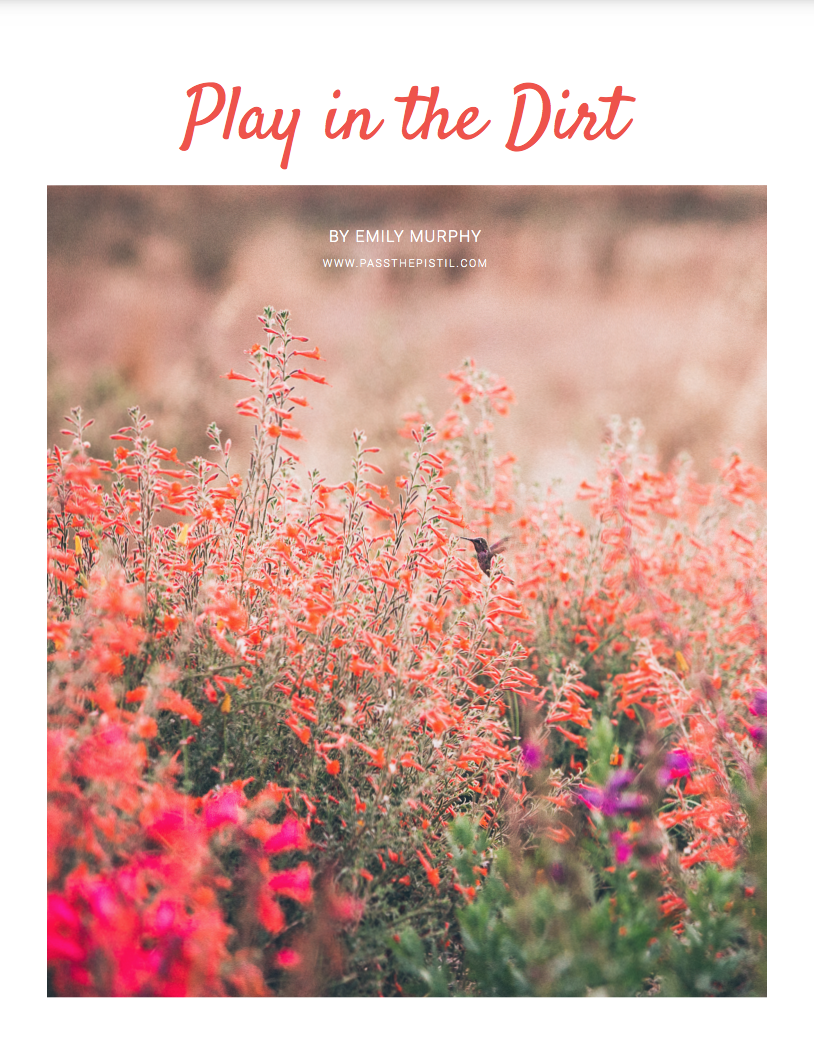The Hollyhocks Made Me Do It
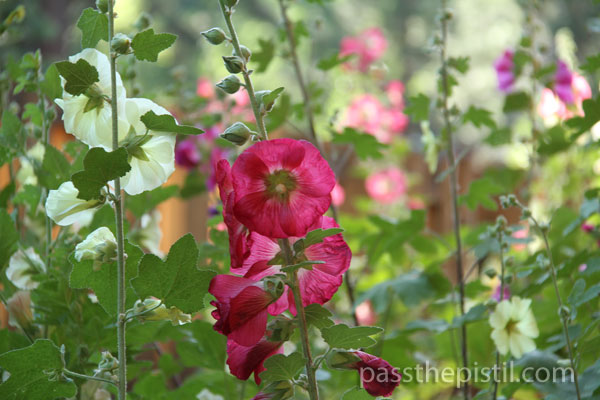
My love for this old-fashioned, five petaled variety of Hollyhock, Alcea rosea, is not all consuming to distraction, but is a love one might hope for from a life-long friend. I sometimes wonder, in Michael Pollan’s words, if I chose to plant them or if they chose me? As if there was some type of mutual attraction or coevolution at work. However it may be, my Hollyhocks provide me with a rock solid, loyal partnership. Consistently giving my garden a sense of lush, wow factor, while being the backbone to it’s design. Framing the space, setting a tone of comfort, color and vibrancy. Reliably thriving.
I started my Hollyhock bed with 4″ starts, not having the patience at the time to grow them from seed. I couldn’t wait. To chance another summer without flowers seemed impossible. I needed them. Psychologically and, maybe more importantly, to complete the design. In mass, they would balance the kitchen garden at the opposite side of the garden space, provide the cottage feel I was looking for, while giving a sense of shelter and repose quite different from the raw, high desert environment weaving in and out of my property. Their 4 – 8 foot stature would also help redirect the eye and diffuse the height and imposition of a flat, two-story wall.
I did the planting before the first snow, just in time for these little gals to get pummeled. Directly behind them, at the top of the south facing, two-story wall, is a metal roof. It’s the first aspect to sluff and when it does, it all goes at once, not gently inching along as with the north facing side. Anticipating 8 months of winter conditions, it takes resilient herbaceous perennials (however short lived or biennial) to withstand said pummeling. And with the switch of winter turning on within the week, there was no need to irrigate or ween them off of their nursery watering regime. Perfect from a low water use perspective.
Spring finally came. (However here it might be considered the season without snow. High elevations in the Sierra Nevada really have two seasons. Snow and no snow.) Bright green, palmately lobed leaves were peeking through the receding ice damn. Within a few weeks and with a bit of raking and mulching I had a garden. Miraculous. And after the typical “Juneuary”, followed by a few weeks of warm weather, I had stalks bearing buds ripe and ready to shine.
With the flowers came the bees, birds and people. Not native, but still habitat. Even the voles, ground squirrels and bunnies have burrowed their tunnels and made their nests close by. Fortunately these particular hollyhocks have resisted their temptation for over 5 years. (Many of my other plants have not been quite so fortunate.)
It’s October again. The no-snow season is ending and the snow season beginning. Time for fall seeding. I will loyally head out before the first snow sticks to assist in the process, ensuring these hollyhocks and their cousins continue to flourish, frame my garden and keep the bees coming.
This allegiance and affinity is reciprocal in nature. Coevolution maybe. Regardless, my end of the bargain is pretty darn good. Even if they made me do it.
Listen
Buy The Book
Special offers
Newsletter Signup
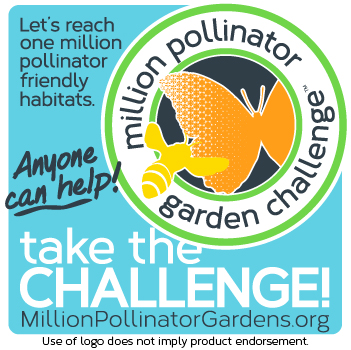
Archives
Disclosure
Pass The Pistil is a participant in the Amazon Services LLC Associates Program and other affiliate programs such as Etsy, affiliate advertising programs designed to provide a means for sites to earn fees by advertising and linking to curated affiliate sites.





